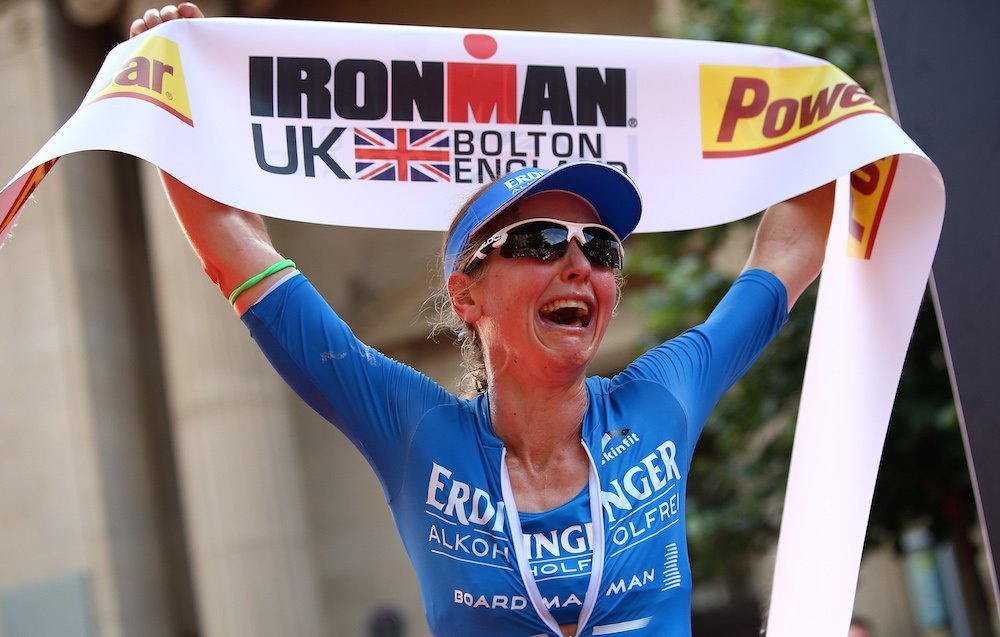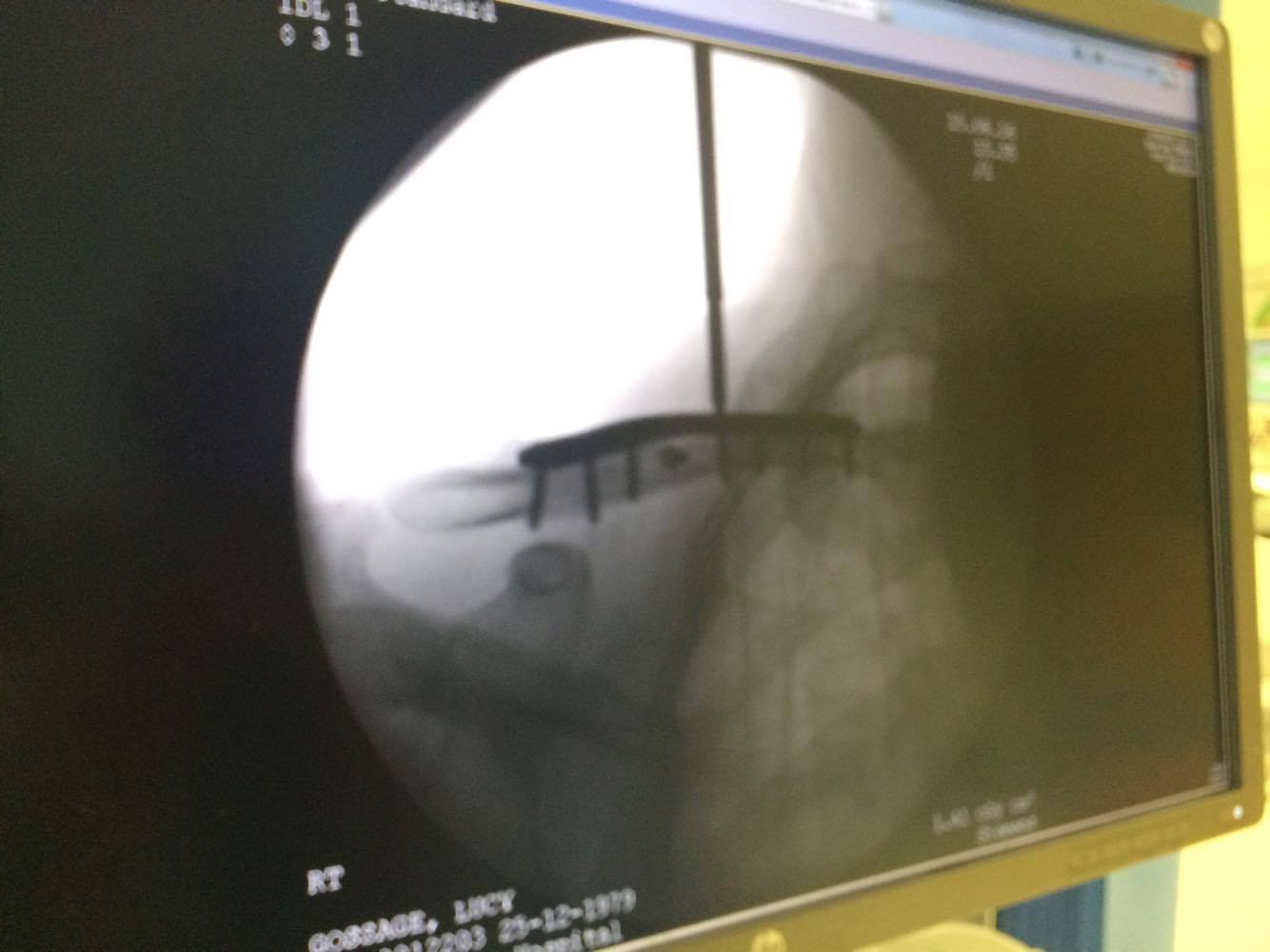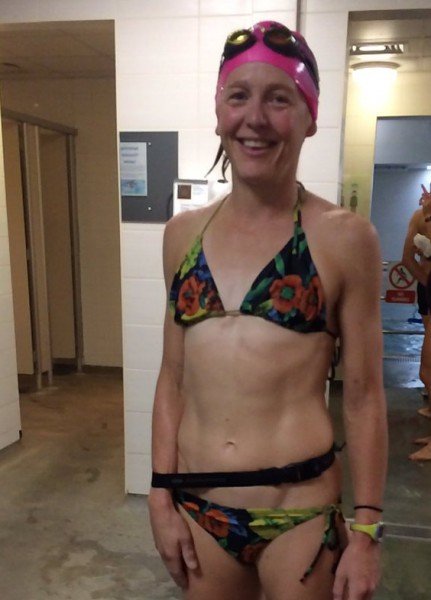 YJ ambassador (and triathlon badass) Lucy Gossage put together a heartfelt blog at the beginning of August.
YJ ambassador (and triathlon badass) Lucy Gossage put together a heartfelt blog at the beginning of August.
With her medical career taking a bigger role next year, the upcoming IRONMAN World Champs in Kona is likely to be her last attempt at the event for at least a few years, and coming out of a fantastic season with a string of podium finishes, Lucy was in with her best shot of taking the victory.
That was, until a pothole 90 minutes into a training ride 2 months before Kona left her with a broken collarbone.

Two months and a metal plate in her shoulder later, and Lucy announces on Twitter that she will be competing against all the odds. Perhaps we shouldn’t be too surprised. A torn Achilles back in April didn’t prevent Lucy from taking third at IRONMAN South Africa, and the smashed collarbone was ‘remedied’ last month by lashing the arm down to her side, and then swimming one handed.

Against the odds I’m off to Kona & I’m more proud of this than of any IM win. Here’s a video of the last 6 weeks. https://t.co/FLiGvgzOWV
— lucy gossage (@lucygoss) 25 September 2016
We will be speaking to Lucy about her preparations ahead of the race, but her comeback has made us think about what we would do faced with an injury before a race. How do you know if that twinge or sprain in the run-up to a big event is something you can handle, or will turn you into a DNS? And what can you do to speed recovery times and make sure you make the start line?
- Reign in your training plan. Your training plan has no doubt been designed specifically for this race, ramping up the pressure over the year before tapering back down, leaving you at peak fitness and freshness just in time for competition. Cutting back your training significantly in the final month will leave you feeling like you haven’t prepared properly, but if resting an injury means the difference between competing or staying at home, then perhaps missing out on your PB isn’t the end of the world.
- Don’t lose hope. The New York marathon reported several years ago that of the 60,000 registered runners, only 45,000 will take part on the day. That leaves 15,000 people who DNS one of the biggest marathons in the world. While there are countless reasons why a runner might not show on the day, a major factor seems to be a fear of under training due to injury. Minor injuries in the final months or weeks before an A-Race are common, meaning a large portion of the field are less prepared than they’d like to be.
- Re-assess your goals. You probably have a target pace for each section of your event to bring you home under your target time. If you are competing after a recent injury however, you need to look at your targets realistically and accept that you may not be in a position to hit them. Lower your expectations, start slow and raise your pace throughout the race if you feel comfortable.
- Speak to a professional. If you are unsure, get advice. Nobody knows your body better than you do, but it you are suffering from something unfamiliar, it could benefit you in the long run to get some professional advice. A session with a sports physiotherapist could end up being a good investment in the long term.
- Listen to your body. In the final build up to you race, you should be able to tell the difference between the pain of fatigue and a problem with your body. If an injury starts to give your trouble while racing, don’t just grit your teeth and power through. You could cause yourself serious damage which might put you out of action for longer after the race. That said, I’m sure Lucy Gossage would probably push through all barriers if it was a race to the podium at the Kona finish line. Only you can assess the short and long term impacts of pushing through.